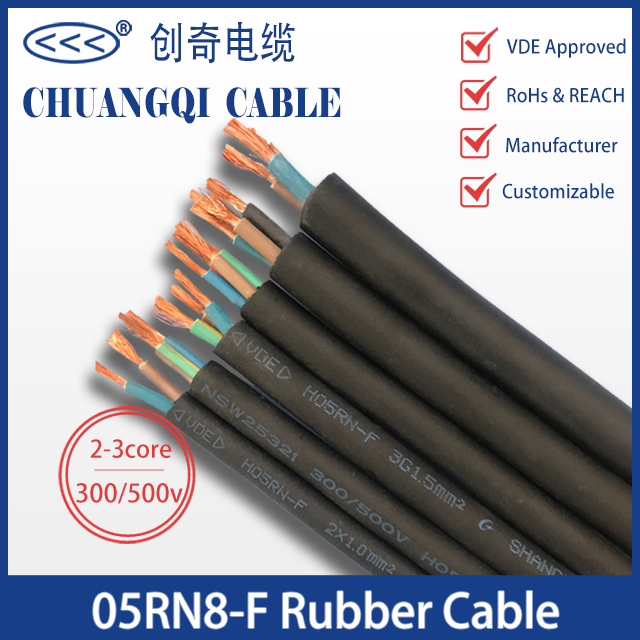Heat tracing has been widely used as an effective pipel […]
Heat tracing has been widely used as an effective pipeline (storage tank) insulation and antifreeze plan. The operating principle is to dissipate a certain amount of heat through the heating medium, and to supplement the loss of the heated pipe through direct or indirect heat exchange, so as to meet the normal operating requirements of heating, heat preservation or antifreeze. In the 1970s, the American energy industry put forward the idea of replacing steam tracing with electric heat tracing plans. In the late 1970s and early 1980s, many industrial sectors including the energy industry have widely promoted electric heating technology, replacing steam heating with electric heating. Since the development of electric heating technology, it has developed from the traditional constant power heating to the self-controlled temperature electric heating with conductive plastic as the core.

The simple test method of rubber cable is as follows:
1. Starting current (is) or starting current equipment: multimeter, power supply, socket (preferably with switch), temperature tester
Test steps:
(1) Take a 1 meter long cable (take 3-4 cm as the wire end), seal one end of the cable with insulating tape, and strip the wire out of the plug at one end.
(2) Connect a multimeter in series on the line and adjust it to the (A-)10A gear.
(3) Turn on the power and read the instantaneous maximum current value, which is the value of the cable in the air under the current temperature environment.
2. Nominal power equipment: multimeter, power supply, socket (preferably with switch), temperature tester, stainless steel water cup, insulation material
(1) Take a 1 meter long cable (take 3-4 cm as the thread end), and the connection method is the same as above.
(2) Fill the water cup with water, wrap the cable around the water cup and keep it warm, and keep the temperature of the system unchanged for 5 minutes after the cable is energized.
(3) Turn on the power supply, read the steady-state current value (that is, the current value remains unchanged), record the temperature, and measure the power supply voltage.
(4) Calculated power: P=UI unit W/M
The above method is simple and easy to do, but it is not accurate and is for reference only. Under the same temperature and environmental conditions, the products of different manufacturers, the same specifications, and the same power can be compared and compared.
3. Insulation resistance
Take a 3 meter long cable and measure it with a DC, 2.5KV megohmmeter. For cables without metal weaving, they should be immersed in water during the test. Voltage should be applied between the two conductors connected to the water. The megohmmeter should be shaken evenly for 1 minute before reading. The insulation resistance is not less than 500ΩM.